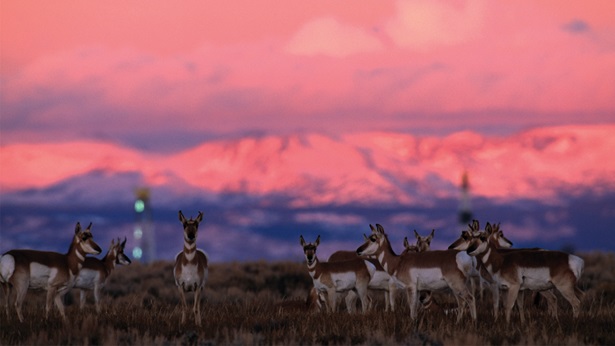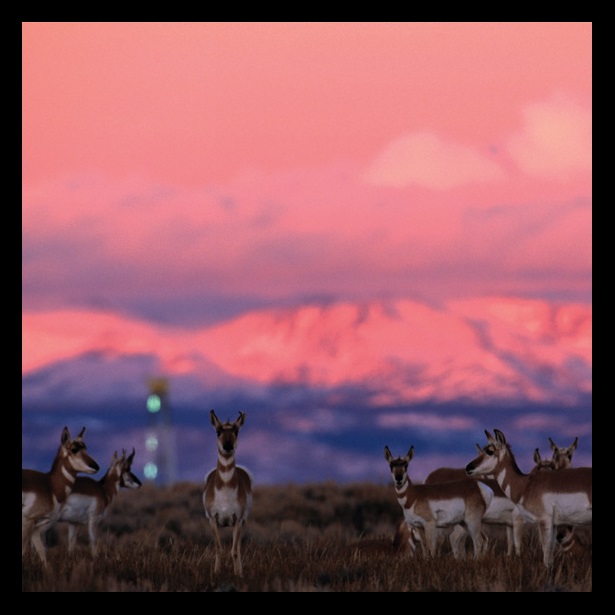In the United States, ecological and economic vitality are deeply intertwined. Healthy lands, rivers, and wildlife can sustain local communities with clean air, affordable food and water, and strong tourism and outdoor recreation industries.
But habitat fragmentation has degraded the quality and abundance of the nation’s landscapes, even as demand for their resources grows. More than 2.6 million miles of paved roads carve up important habitat, tens of thousands of dams and other barriers disrupt the flow of rivers, and nearly 90% of the nation’s publicly owned and managed lands and rivers lack permanent federal or state safeguards.
From 2019 to 2023, Pew’s U.S. public lands and rivers conservation project worked to protect biodiversity by increasing safeguards for core public landscapes throughout the U.S. and identifying and conserving critical terrestrial and aquatic connections in collaboration with Tribes, local stakeholders, and policymakers.
Pew and its partners helped advance 35 state or federal policies that protected nearly 1.5 million acres of wildlife corridors, helped fund nine wildlife crossings to support big game migrations and avert wildlife-vehicle collisions, conserved 2,793 miles of free-flowing rivers, and reconnected nearly 2,000 river miles.
The project also was instrumental in securing new legislative or administrative safeguards for more than 2.5 million acres of U.S. public lands, restoring landmark conservation protections to 19 million acres of public landscapes, and ensuring efficient implementation of national park repair projects funded through the Great American Outdoors Act.
Much of the project’s work continues as part of Pew’s U.S. conservation project.
OUR WORK
Related Experts
This video is hosted by YouTube. In order to view it, you must consent to the use of “Marketing Cookies” by updating your preferences in the Cookie Settings link below. View on YouTube
This video is hosted by YouTube. In order to view it, you must consent to the use of “Marketing Cookies” by updating your preferences in the Cookie Settings link below. View on YouTube


Creating Corridors for Wildlife


Biden's Chance to Work With Tribes on Alaska Public Lands












